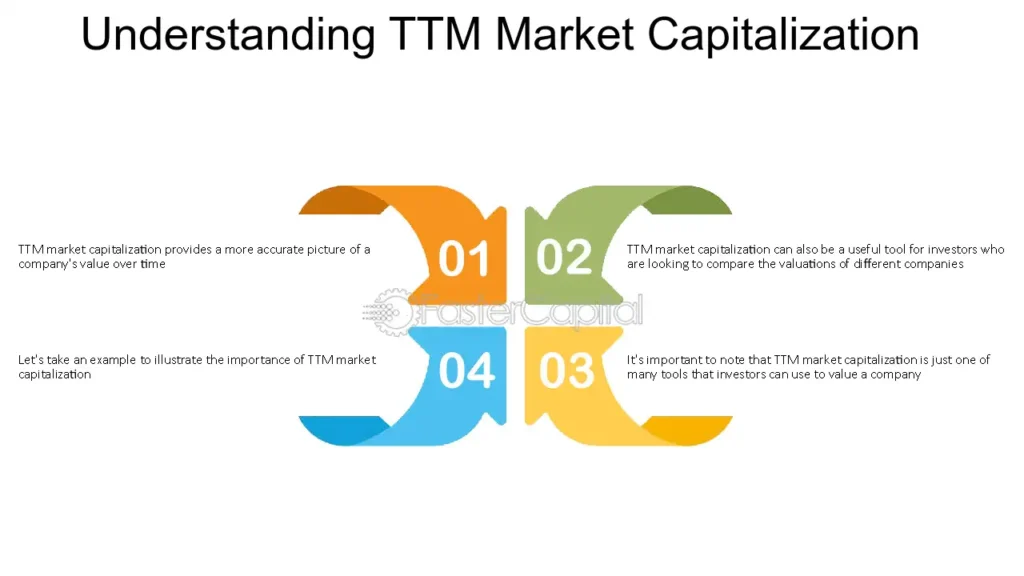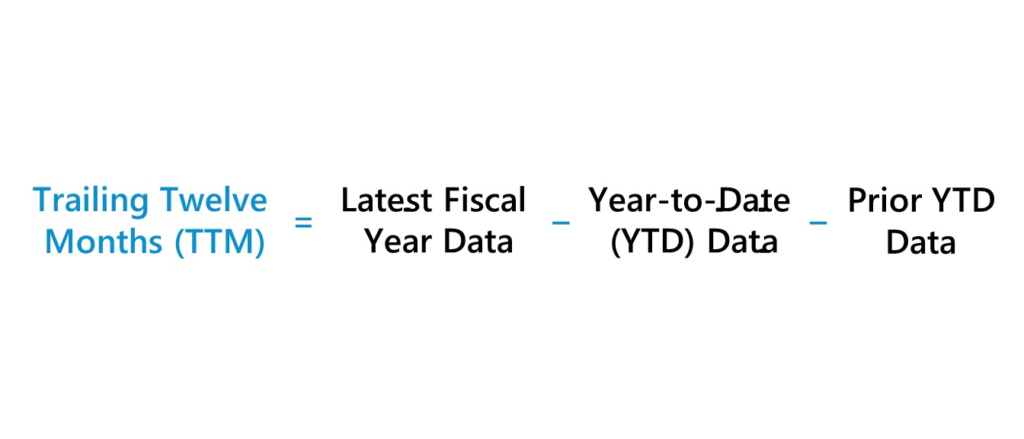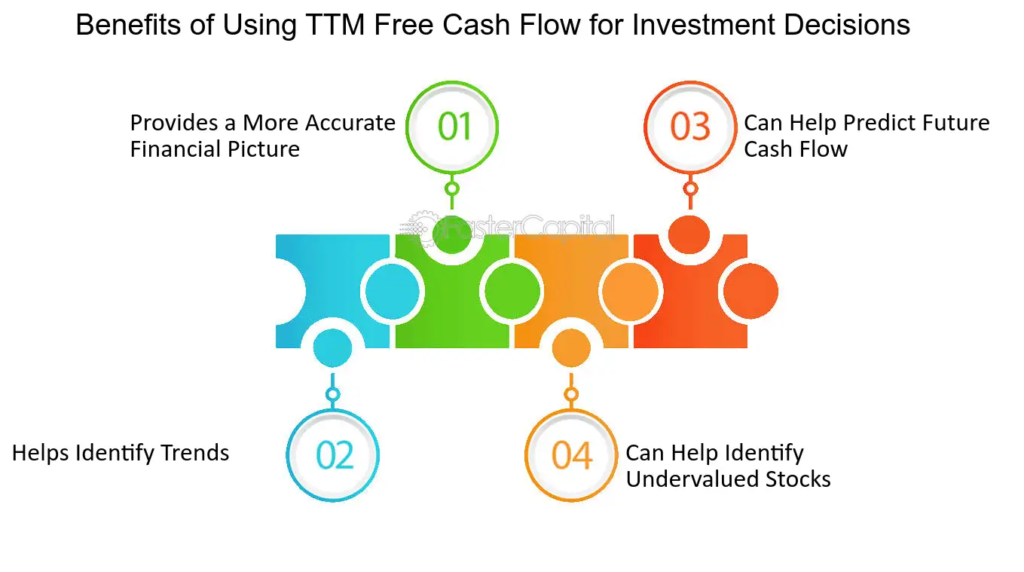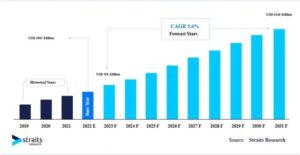Time to Market (TTM): Understanding its Meaning and Importance in Finance

In the world of finance, timing is everything. The ability to quickly bring a product or service to market can make all the difference in gaining a competitive edge and maximizing profits. This is where Time to Market (TTM) comes into play. TTM is a crucial metric used in finance to measure the time it takes for a company to develop and launch a new product or service. In this blog post, we will delve deeper into the meaning of TTM in finance, its importance, how it is calculated, and ways to improve it.
TTM Basics
Time to Market refers to the amount of time it takes for a company to successfully introduce a product or service into the market. It is also known as Time to Launch or Time to Delivery. TTM starts from the initial idea or concept development stage and ends when the product or service is available for sale to customers. This metric is used as an indicator of a company’s efficiency and effectiveness in bringing new products or services to the market.
One way to think about TTM is to imagine it as a race between companies. The company that can develop and launch their product or service the fastest has a competitive advantage over others. This is because they can capture market share and generate revenue earlier than their competitors. However, it is not just about being the first to market, but also about delivering a high-quality product or service that meets customer needs and demands.
Importance of TTM
The importance of TTM cannot be overstated in today’s fast-paced business world. In a constantly evolving market, speed is key. Customers are always looking for the newest and most innovative products and services, and the longer a company takes to bring them to market, the higher the chances of losing potential sales and market share.
Additionally, TTM plays a critical role in a company’s financial performance. The longer it takes to develop and launch a product or service, the more resources are tied up in that project. This can result in increased costs, reduced profitability, and delayed revenue generation. By reducing TTM, companies can bring products or services to market faster and start reaping the financial benefits sooner.
Factors Influencing TTM
Several factors can impact a company’s TTM. These include internal and external factors, such as:
1. Complexity of the product or service
The complexity of a product or service can have a significant influence on TTM. A highly complex product, such as a new technology or medical device, may take longer to develop and test than a simple consumer product like a kitchen appliance. Additionally, a service that requires extensive customization or involves multiple stakeholders may also have a longer TTM.
2. Availability of resources
The availability of resources, including funding, skilled workforce, and technology, can greatly influence TTM. Companies with limited resources may face delays in product development due to budget constraints or the need to outsource certain tasks. On the other hand, companies with ample resources can invest in advanced technology and hire specialized teams to expedite the TTM process.
3. Market demand and competition
The level of market demand for a particular product or service can also affect TTM. Companies that are more in tune with customer needs and preferences can quickly identify and meet market demands, leading to a shorter TTM. Additionally, competition can also play a role in TTM as companies strive to be the first to bring a similar product or service to market.
4. Regulatory requirements
For industries with strict regulatory requirements, such as pharmaceuticals and healthcare, TTM may be significantly impacted by the time it takes to get necessary approvals and certifications. This can add months or even years to the TTM process.
5. Internal processes and collaboration
Internal processes and collaboration play a critical role in TTM. Efficient and streamlined processes can help minimize delays and ensure smooth coordination between different departments and teams. On the other hand, miscommunication and lack of collaboration can lead to bottlenecks and increase TTM.
Calculating TTM

To calculate TTM, we need to know the start and end dates of the development and launch process. The formula for TTM is as follows:
TTM = End Date – Start Date
For example, if a company starts developing a new product on January 1st and launches it on June 1st, the TTM would be five months (June 1st – January 1st = 5 months).
It is important to note that the TTM calculation may vary depending on the industry or company. For some, TTM may only include the time from concept development to product launch, while for others, it may include additional stages such as market testing and commercialization.
TTM vs. Other Time Frames
When it comes to measuring the efficiency of bringing products or services to market, TTM is not the only metric used. Other common time frames used in finance include Time to Revenue and Time to Profitability.
Time to Revenue (TTR)
Time to Revenue (TTR) measures the time it takes for a company to generate revenue from a new product or service. It starts from the launch date of the product or service and ends when the first sale is made. TTR is often used to compare the performance of different products or services within the same company.
Time to Profitability (TTP)
Time to Profitability (TTP) is another important metric that measures the time it takes for a company to achieve profitability from their product or service. It takes into account all costs associated with bringing the product or service to market, including research and development, manufacturing, marketing, and sales. TTP is a critical measure of financial success and can help companies determine if their efforts to reduce TTM are resulting in positive returns.
TTM for Different Industries
TTM is a versatile metric that can be applied to different industries and sectors. Here are some examples of how TTM is used in various industries:
Technology
In the fast-paced and ever-changing technology industry, TTM is crucial in staying ahead of the competition. Companies that can develop and launch new products or services quickly can gain a competitive edge and capture market share. Apple, for example, has become known for its ability to bring innovative products such as iPhones and iPads to market faster than its competitors, which has contributed to its success.
Pharmaceutical/Biotech
The pharmaceutical and biotech industries have some of the longest TTM due to the strict regulatory processes involved in bringing new drugs and treatments to market. It can take several years from the initial research and development stage to the approval and commercialization of a new drug. However, reducing TTM in this industry is crucial as it can result in saving lives and generating significant profits.
Manufacturing
In the manufacturing sector, TTM is used to measure the time it takes for a product to go from raw materials to finished goods. A shorter TTM can result in reduced inventory costs, increased customer satisfaction, and increased revenue.
Healthcare
In the healthcare industry, TTM is critical in delivering quality care to patients. The faster a new medical device or treatment can be developed and introduced, the sooner it can improve patient outcomes and potentially save lives. Additionally, companies that can reduce TTM in this industry may also benefit from gaining a competitive edge and increasing revenue.
Improving TTM
Reducing TTM requires a holistic approach that involves streamlining processes, enhancing collaboration, and investing in the right resources and technologies. Here are some ways companies can improve their TTM:
1. Embrace Agile methodologies
Agile methodologies, such as Scrum and Kanban, are popular in the software development industry for their ability to deliver projects faster and more efficiently. These methodologies prioritize collaboration, flexibility, and continuous improvement, which can help reduce TTM.
2. Invest in advanced technology
Technology plays a crucial role in reducing TTM. Companies can invest in tools and software that automate processes, improve communication and collaboration, and accelerate product development.
3. Improve cross-functional teamwork
Collaboration between different departments and teams is essential in reducing TTM. Companies can encourage cross-functional teamwork by breaking down silos, promoting open communication, and fostering a culture of innovation.
4. Outsource tasks when necessary
Outsourcing certain tasks or stages of product development can also help reduce TTM. This allows companies to tap into specialized expertise and resources without having to invest in them internally. However, it is important to carefully select vendors and ensure they align with the company’s goals and values.
Benefits of Reducing TTM

Reducing TTM can bring several benefits to a company, including:
1. Increased revenue and market share
The most significant benefit of reducing TTM is the potential for increased revenue and market share. By bringing products or services to market faster, companies can generate sales earlier and capture a larger market share before competitors catch up.
2. Improved competitive advantage
A shorter TTM can give companies a competitive edge over others in their industry. It allows them to be the first to meet customer needs and demands, creating a positive brand image and strengthening customer loyalty.
3. Enhanced profitability
By reducing TTM, companies can also improve their financial performance. With products or services available for sale sooner, companies can start generating revenue earlier and minimize costs associated with prolonged product development.
4. Increased customer satisfaction
Customers today expect speedy delivery of products and services. By reducing TTM, companies can meet these expectations and improve customer satisfaction, leading to repeat business and positive word-of-mouth marketing.
Challenges in Reducing TTM
Reducing TTM is not without its challenges. Here are some common obstacles companies may face:
1. Balancing speed with quality
While it is essential to bring products or services to market quickly, it should not come at the expense of quality. Companies must find a balance between speed and quality to ensure they deliver a product or service that meets customer needs and expectations.
2. Budget constraints
Reducing TTM may require additional resources and investments, which may not always be feasible for companies with limited budgets. In such cases, companies may need to prioritize and invest in areas that will have the most significant impact on reducing TTM.
3. Regulatory hurdles
As mentioned earlier, industries with strict regulatory requirements may face challenges in reducing TTM. It is important for companies to stay up-to-date on regulations and work closely with regulatory bodies to expedite the approval process.
4. Resistance to change
Introducing changes to processes and ways of working can be met with resistance from employees, especially if they have been following the same methods for a long time. It is important for companies to communicate the benefits of reducing TTM and involve employees in the process to ensure buy-in and successful implementation.
Conclusion
In today’s fast-paced and competitive business landscape, Time to Market (TTM) has become a crucial metric in measuring a company’s efficiency and success. The ability to develop and launch products or services quickly can give companies a competitive edge, improve financial performance, and enhance customer satisfaction. However, reducing TTM requires a holistic approach that involves streamlining processes, investing in technology and resources, and promoting collaboration. By understanding the meaning and importance of TTM in finance, companies can work towards reducing it and reaping the benefits.
Also visit for more blogs at : 3 Reasons Why iPhone is Better Than Android








